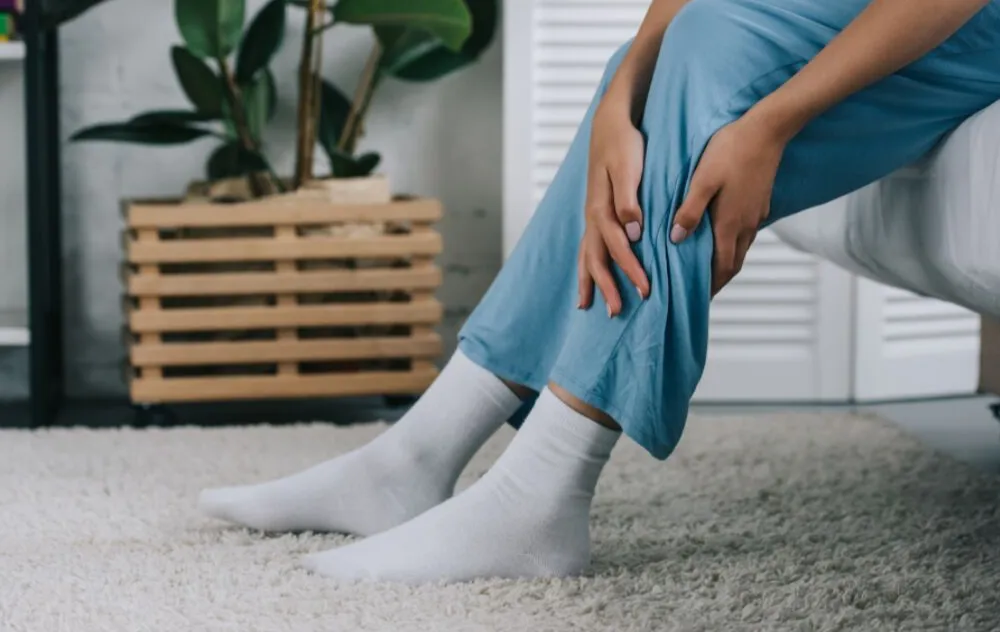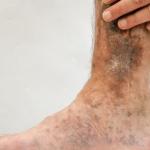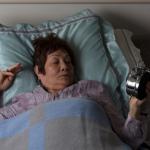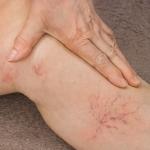
Restless legs syndrome (RLS), also known as Willis-Ekbom disease, is a condition that can lead to uncomfortable sensations in the legs, especially in the calves. An estimated 15% of the population worldwide suffers from RLS. Symptoms often occur at night and may lead to sleep deprivation.
Common causes of RLS include genetics, lifestyle factors, and underlying health issues, such as vein disease. If you experience symptoms of restless legs syndrome, understanding its potential causes, how to alleviate symptoms, and how it may correlate to other health conditions is important, so you can get back to having a good night’s rest.
If you have additional questions about RLS, our vein specialists are available to answer them.
What Are Common Symptoms of Restless Legs Syndrome?
The most characteristic symptom of RLS is an overwhelming urge to move your legs, especially toward the end of the day or at night when lying down. The symptoms usually affect both sides of the body, can range from mild to debilitating, and may disappear but then resurface later. These sensations can be difficult to define, but have been described as an unusual aching, throbbing, itching, or crawling feeling.
RLS symptoms can impact your ability to sleep at night, which may have negative implications for your overall well-being. Sleep deprivation can affect your physical, cognitive, and emotional health; if you are struggling to get adequate amounts of sleep, it is highly recommended to contact your primary care physician.
How Do You Get Restless Legs Syndrome?
There are several risk factors for restless legs syndrome. They include:
- Iron deficiency: Having too little iron in the body is cited as the most common cause associated with RLS.
- Genetics: Is RLS hereditary? Restless legs syndrome and genetics appear to be correlated, as close to 50% of people suffering from RLS have a family member with the same condition.
- Lifestyle: Certain lifestyle factors may play roles in the development of RLS. For instance, one large prospective study indicates that obesity is a contributing issue. The same study also reports a link between smoking and RLS among women.
- Pregnancy: Another study indicates a strong correlation between restless legs syndrome and pregnancy: Between 10% and 34% of pregnant women experience RLS symptoms. This equates to three times the prevalence of RLS in pregnant women compared to the general population.RLS symptoms are most likely to occur during the third trimester and resolve after childbirth.
- Medications: Some medications have been linked to RLS, including antihistamines, antidepressants, anti-nausea medicines, and antipsychotic drugs.
- Underlying health conditions: You are more likely to experience symptoms of RLS if you have peripheral neuropathy, Parkinson’s disease, diabetes, or kidney failure.
- Vein disease: Vein disease, also known as venous insufficiency, is often overlooked when diagnosing RLS. This may be due to those suffering from RLS not associating their symptoms with the possible underlying issue of vein disease. However, an estimated six to seven million people within the United States have an existing diagnosis of advanced venous disease and meet diagnostic criteria for chronic venous insufficiency.
How Does Vein Disease Impact RLS?
Vein disease can cause restless legs syndrome or make RLS symptoms worse. One study suggests that the urge to move the legs may be rooted in a subconscious effort to return blood to the heart. Vein treatment to restore blood flow to the legs can help.
Vein disease occurs when tiny, one-way vein valves are placed under strain and begin to malfunction. This can affect blood circulation, preventing blood from returning to the heart for reoxygenation. Damaged vein valves can lead to blood flowing backward or pooling in place. This can cause varicose veins, spider veins, restless legs syndrome, and a range of other venous issues to develop. Most commonly, the legs, ankles, and feet are affected.
Vein disease can cause a range of painful and uncomfortable symptoms that may be related to experiencing RLS. Common symptoms include:
- Swelling in the legs and ankles
- Tired, aching legs
- Burning in the calf or thigh
- Leg pain that feels better when you walk or raise your legs
- Itchy, dry skin
- Numbness or tingling sensation
- Difficulty standing for long periods
- Non-healing wounds on your legs
Like RLS, vein disease can be an inherited condition, but lifestyle factors, such as obesity, inactivity, and smoking, can also influence its development.
If vein disease is found to be the cause of your sleepless nights, we want you to know that minimally invasive, outpatient treatment exists that can alleviate your discomfort and help you get some sleep.
What Can I Do for Restless Legs Syndrome?
Restless legs syndrome relief is possible. However, your treatment options will depend on the underlying cause. There are many causes of RLS; however, it’s important not to rule out vein disease as a possible factor.
If vein disease is determined to be a contributing factor, then minimally invasive vein treatment may help. According to the National Sleep Foundation, 98% of patients who were suffering from RLS saw significant symptom relief after receiving non-surgical vein treatment. A related study shows that endovenous laser ablation leads to an 80% improvement of RLS symptoms.
To alleviate RLS symptoms, lifestyle changes such as eating a well-rounded diet or exercising regularly may be beneficial. However, if your RLS is connected to vein disease, it is important to find a treatment option to alleviate your symptoms.
Request a Consultation at USA Vein Clinics
At USA Vein Clinics, we provide minimally invasive vein treatment for RLS and a range of other venous conditions. If you have additional questions about restless legs syndrome, vein disease, or minimally invasive vein treatment, schedule an appointment with one of our leading vein specialists. We have over 90 clinics nationwide and offer virtual doctor consultations.
All of our vein treatments are performed in outpatient settings and can be completed in under an hour, from start to finish. Afterward, you can leave immediately and return to most normal daily activities. We look forward to helping you improve your quality of life.





